HOME > Research > Research Facilities > Marine Simulator System
The recent rapid progress in the fields of science and technology are making ships bigger and faster, while the ship-navigation environment is also becoming even more complex. As a result, the dangers to vessels sailing on the oceans are increasing day by day. Due to the dangers facing these vessels, once an accident happens, inevitably the situation will become irrevocable from an economic and an environmental protection perspective. In order to prevent serious accidents before they occur, such as a tanker accident in the Malacca Strait that is the route by which Japan receives energy, and so that ships can travel safely in an navigation environment in which they face these dangers, it is considered absolutely essential to enhance research, education, and training for ships' navigation officers and engineers who are responsible for their vessel's voyages. Currently, the International Maritime Organization (IMO) is also considering reviewing the STCW Treaty (an international treaty on seafarer training, certification of qualifications, and standards for watch shifts), and within this situation, it has been recognized that enhancing education and research is an important societal requirement, and furthermore this is supported by international public opinion.
Therefore, The Faculty and Graduate School of Maritime Sciences, Kobe University, installed the Marine Simulator in academic year 2009 (year ending March 2010) as an education and research facility. The installed simulator is comprised of the Navigation Simulator to simulate maneuvering and navigation, and the MEPS (the Marine Engine Plant Simulator), and the two simulators work in cooperation with each other.
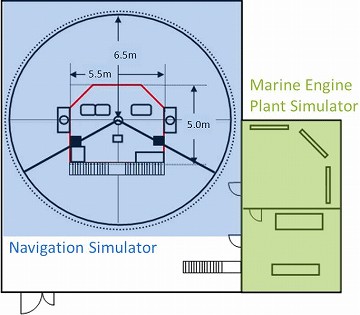
This simulator can reproduce a variety of navigation conditions using visual projections and various other equipment. The spherical screen reaching to the lower part of the room is able to reproduce extremely realistic quay wall simulation scenes for both launching and docking. Also, by adopting simulated displays using software for the various information devices on the bridge, it becomes possible to reproduce and examine displays methods for the various types of devices that will be used on bridges in the future.
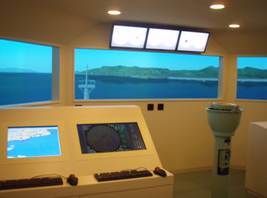
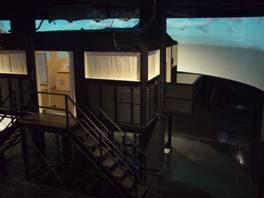
The Marine Engine Plant Simulator (MEPS) of the Faculty and the Graduate School is modeled on the engine plant of a large ocean-going container ship (engine rated power output, 43,840 kW), and it a system to reproduce virtually the operations of the ship's main equipment, such as the main engine, generator, boiler, and exhaust gas economizer, while taking into consideration energy flow, mass flow, and heat balance. It is also possible to modify the simulation algorithms of the main equipment and it can be used for research purposes, such as for developing model plants.
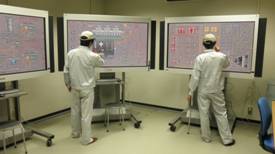
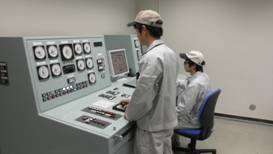
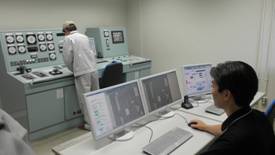
The procedure to apply to use the simulator (in Japanese)